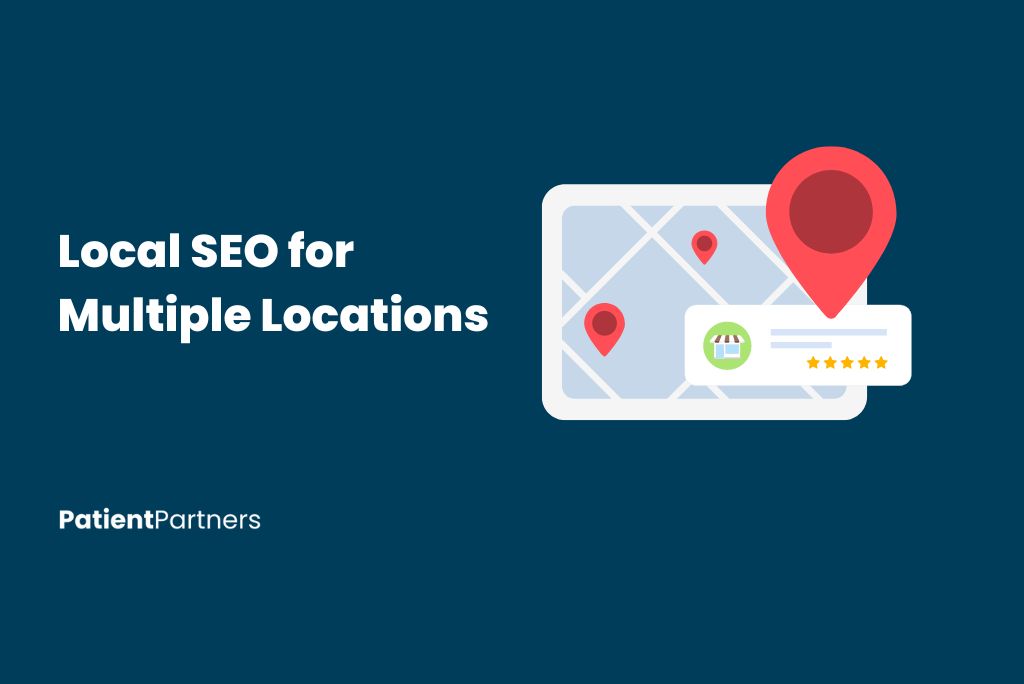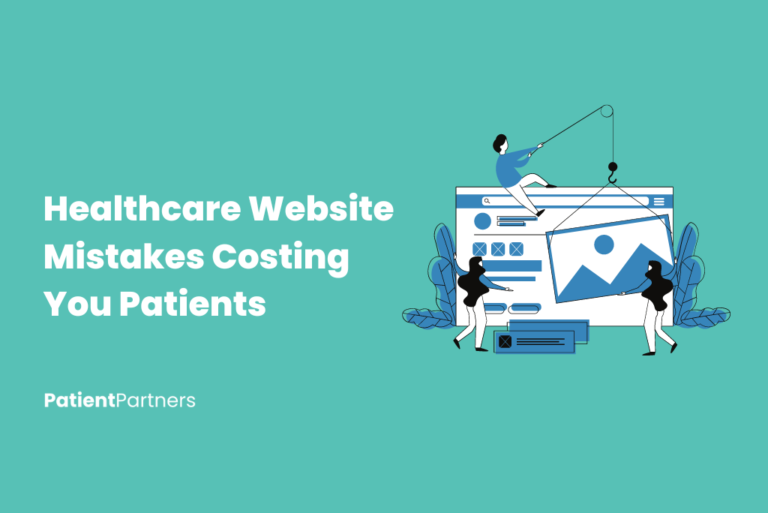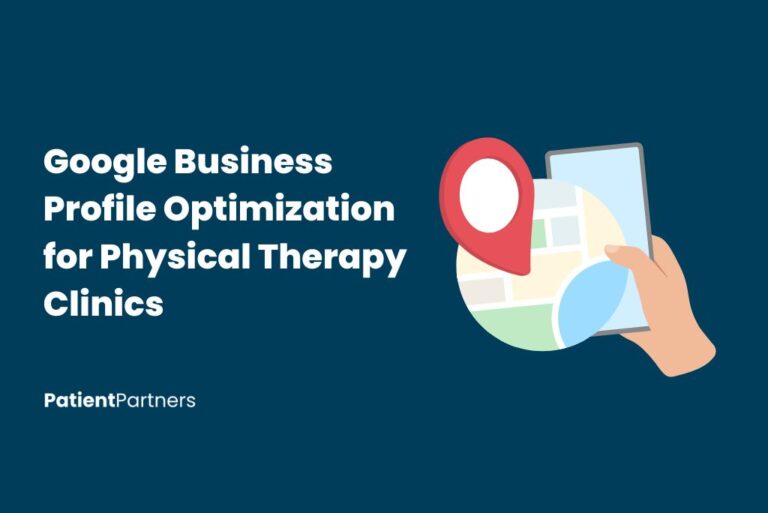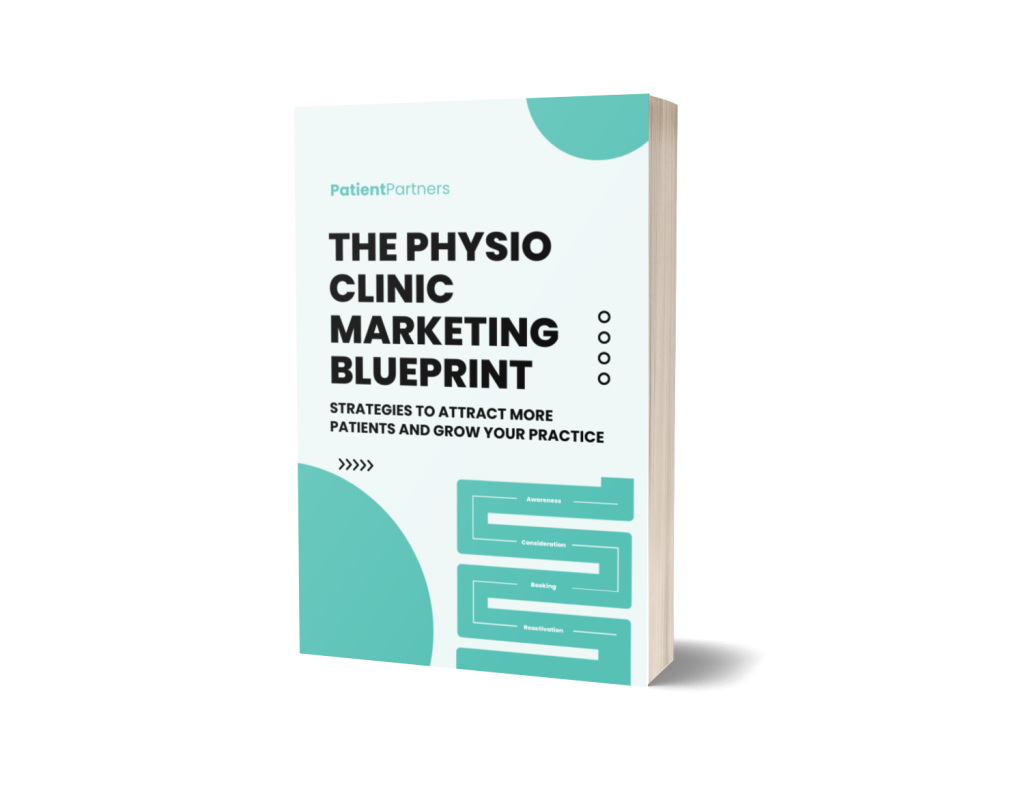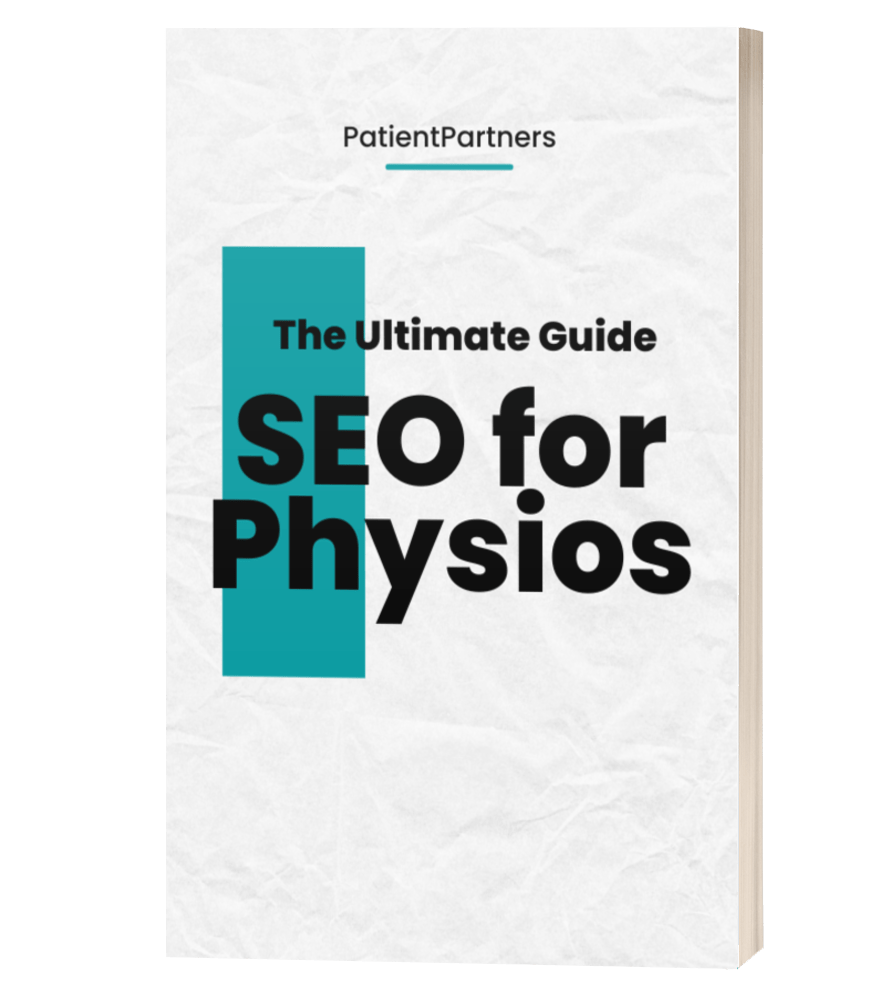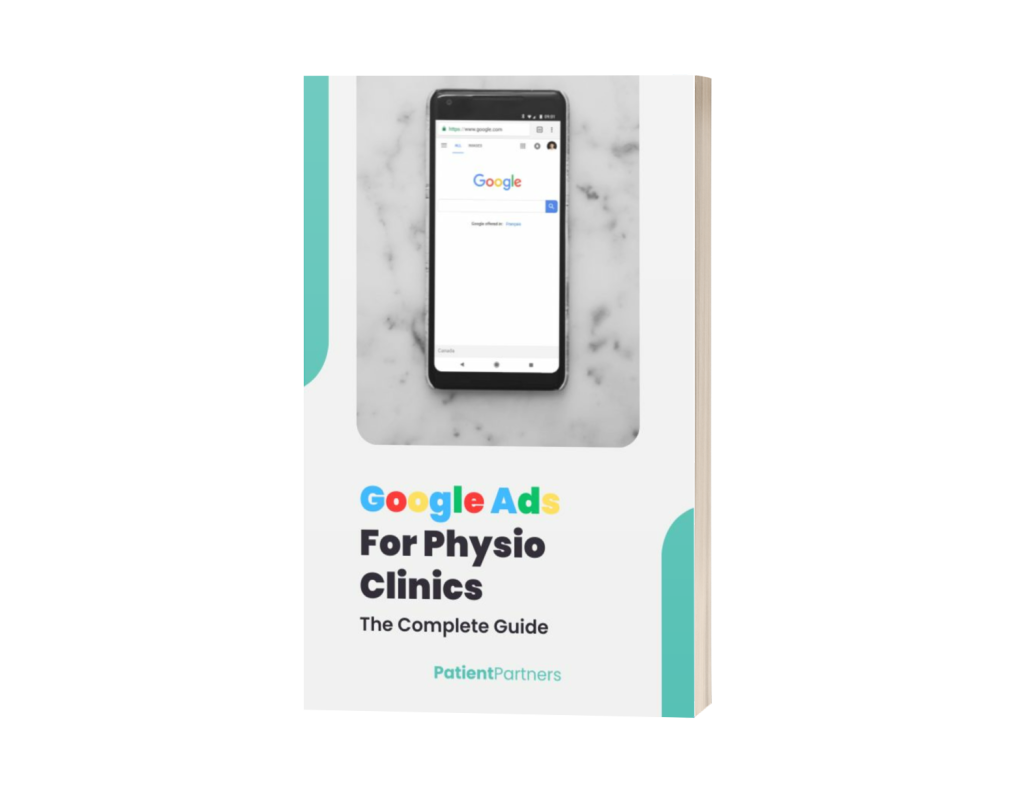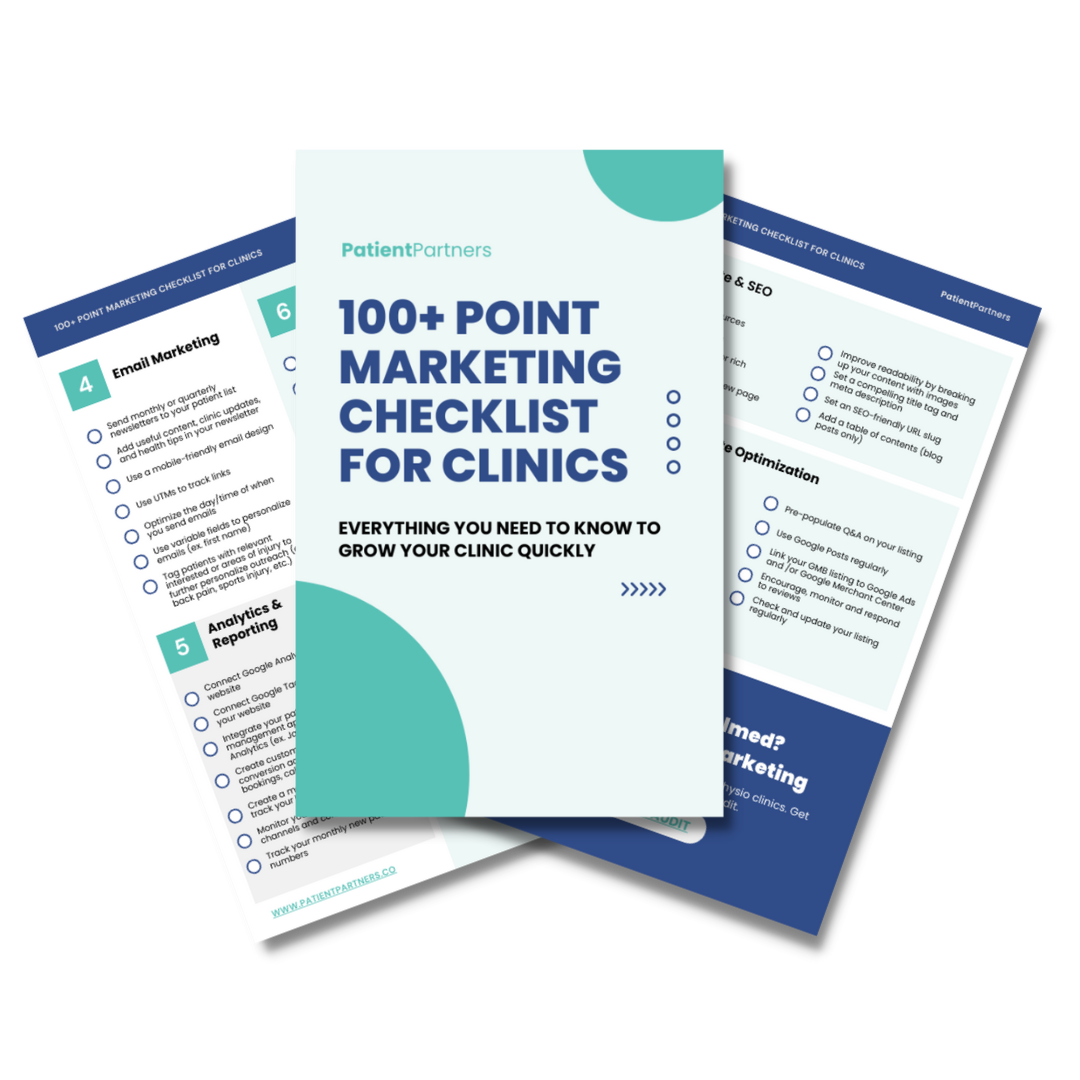Struggling to get your business noticed in different locations? Local SEO for multiple locations is your secret weapon. It helps businesses like yours pop up in search results no matter where your customers are looking from.
Effective local SEO can boost your visibility and drive traffic to each of your store fronts. Imagine someone searching for a service you offer and finding your nearby location effortlessly.
With the right strategies, you can make sure your business stands out in every city you’re in. Get ready to learn how to make the most of local SEO and get more customers through your doors.
Understanding Multi-Location Local SEO
Local SEO helps businesses improve their visibility in search engine results for local searches. It is crucial for businesses with multiple locations to target customers in each specific area effectively.
What Is Local SEO?
Local SEO (Search Engine Optimization) is the practice of optimizing a business’s online presence to attract more customers from relevant local searches. For example, if someone searches for “physical therapy clinic near me,” businesses that excel in local SEO will appear at the top of search results.
This involves optimizing a range of factors, including on-page elements like keywords and meta tags, and off-page elements like backlinks and citations.
Importance for Businesses with Multiple Locations
For businesses with multiple locations, local SEO is vital.
Each location needs to be visible to local customers searching for specific products or services in their area. Having separate webpages for each location can help achieve this. You need to maintain a consistent brand image while providing localized content to meet the specific needs of each area’s audience. This balance ensures that each business location ranks well in search results, driving more local traffic and potential customers.
Creating location-specific content, optimizing Google My Business profiles, and using local keywords are some strategies that can boost visibility for each branch of your business.
Get a free website and SEO audit

Starting with a Strong Foundation
Kicking off your local SEO strategy requires setting up a solid website structure and ensuring mobile-friendliness. These elements are critical for making sure your visitors have a seamless experience.
Website Structure for Multiple Locations
To start, create a unique web page for each location. This means each location should have its own URL, clearly stating details like address, phone number, and store hours. This helps search engines recognize each location individually, which boosts local search performance.
Use consistent formatting across all your location pages. This keeps things organized and makes it easy for customers to find what they need. Include local keywords on these pages to improve your local search rankings. For more tips, check out this guide on Local SEO strategies.
A well-organized website structure also helps your customers navigate your site easily. Think about using breadcrumb navigation and internal links to make it straightforward for users to move between different location pages.
Mobile-Friendliness and User Experience
Make sure your website is mobile-friendly. Lots of people use their phones for local searches, so a mobile-optimized site is crucial. Use responsive design techniques to ensure your site looks great on any device. Check out more tips from this article on Local SEO for Multiple Locations.
Your pages should load quickly on mobile devices. Slow loading times can frustrate users and hurt your rankings on search engines. Use tools like Google’s PageSpeed Insights to test your site’s mobile performance.
Don’t forget about the user experience. Make sure your site is easy to navigate and that your contact details are prominently displayed. A pleasant user experience will keep visitors on your site longer and make it more likely they will contact you or visit your store.
Creating Location-Specific Content
To improve your local SEO for multiple locations, focus on creating unique content and keeping your blog posts updated with local news. This helps your business stand out in local searches.
Unique Content for Each Location
Write unique content for each location to make it more relevant to local customers. Use separate web pages for each location with specific details like the address, phone number, and operating hours.
Include local keywords in your text, and mention nearby landmarks or popular spots. Add high-quality photos that showcase your specific location.
Make sure each page has a unique URL with the location’s name. This way, search engines can easily identify different locations.
Blog Posts and Local News
Regularly updating your blog with posts and local news keeps your content fresh. Write about community events, local partnerships, or area-specific promotions.
You can also feature customer testimonials from each location. This not only builds trust but also shows that your business is active in the community.
Keep a consistent posting schedule. Use your blog to highlight what makes each location special and why customers should visit.
Optimizing for Local Search
To optimize for local search, focus on precise keyword research and effective on-page SEO. Each area you operate in will require unique approaches to ensure visibility and relevance. Here’s how to get started.
Keyword Research for Each Area
Keyword research is crucial. You need to know what terms people in each location are searching for. Use tools like Google Keyword Planner or Ahrefs to find popular local terms. Focus on phrases that include the location, like “best coffee shop in Brooklyn.”
Make a list of keywords for each location. Check for variations in spelling or local slang. This helps you capture a wider range of searches.
Regularly update your keywords to match new trends or seasonal changes. Using targeted keywords can significantly enhance your local search visibility.
On-Page SEO Factors
On-page SEO involves making sure each page on your site is optimized. Start by creating unique content for each location. Avoid duplicating text; instead, tailor it to reflect local interests and events.
Ensure your business’s Name, Address, and Phone number (NAP) are consistent on each page. This builds credibility and helps search engines trust your site.
Include local keywords in your titles, meta descriptions, and headers. Use photos and videos that showcase your location.
Link internally to other location pages to improve navigation and user experience. By focusing on these factors, your business will rank better in local searches.
Don’t leave empty handed
Get the 100+ Point Marketing Checklist for Clinics
It’s packed with tips and strategies you can use to grow your clinic today.
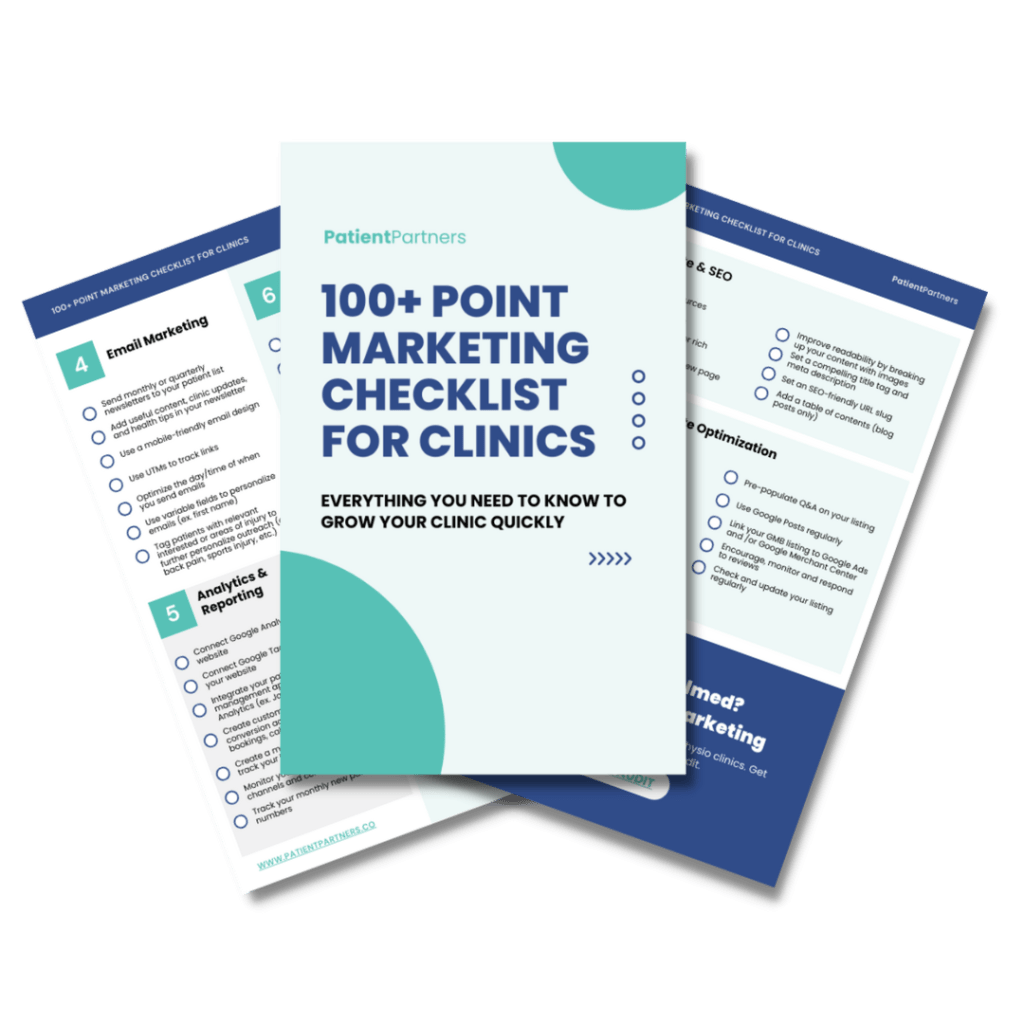
Managing Local Business Listings
To effectively manage your local business listings, it’s crucial to optimize your Google My Business profile and ensure that your NAP details are consistent across all directories. Neglecting these areas can significantly impact your visibility and customer trust.
Google My Business Optimization
Optimizing your Google My Business (GMB) profile is essential for local SEO. Start by claiming and verifying your business listing. This process ensures that you have control over the information displayed to potential customers.
Fill out all categories, such as business name, address, phone number, and hours of operation. Use the primary and secondary categories that best describe your business. Include high-quality photos of your location, products, and staff. These visuals can make your listing more attractive and engaging.
Regularly update your GMB profile to reflect seasonal changes, special hours, or new services. Encourage happy customers to leave positive reviews. Respond to reviews promptly to show that you value customer feedback.
Consistent NAP Details Across Directories
Consistency is key when it comes to your NAP (Name, Address, Phone number) details across all business directories. Any discrepancies can confuse search engines and potential customers. Start by auditing your current listings on major directories like Yelp, Yellow Pages, and industry-specific platforms.
Use the exact same format for your NAP details everywhere. If your address includes “Street,” use “Street” instead of abbreviations like “St.” Minor differences like this can lead to inconsistencies.
Regularly review and update all your listings to ensure they match your GMB profile. Use tools like Moz Local or Yext to manage and synchronize your listings efficiently. This consistency helps boost your local search ranking and provides a better customer experience.
Leveraging Social Media
Social media can boost your local SEO by engaging local audiences and using local hashtags effectively. This helps connect with potential customers and improves your online visibility.
Engaging Local Audiences
To engage local audiences, focus on creating content that resonates with people in specific locations. Share local news, events, and stories that are relevant to their interests.
Make use of visuals like photos and videos to grab their attention. For instance, post images of local landmarks or events, and use local influencers to spread your message. Encourage user-generated content by asking your followers to share their experiences with your business.
Engaging with the community is also key. Respond to comments and messages promptly. Show that you care about your customers’ opinions and feedback. This builds trust and makes your brand more relatable.
Utilizing Local Hashtags
Using local hashtags can significantly enhance your local SEO efforts. Identify hashtags that are popular in your area and relevant to your business.
Include these hashtags in your posts to reach a broader local audience. Tools like Instagram and Twitter offer insights into trending local hashtags, helping you stay updated with what’s popular.
Create branded hashtags that incorporate your business name and location. Encourage your followers to use them in their posts. This promotes your brand and connects you with the local community.
Tracking the performance of these hashtags helps you understand which ones drive the most engagement. Adjust your strategy based on these insights for maximum impact.
Reputation Management
Managing your local business’s reputation is crucial. You need to collect and respond to reviews and handle negative feedback effectively.
Collecting and Responding to Reviews
Collecting reviews is essential for improving your online presence. Positive reviews can boost your ranking on search engines, making it easier for potential customers to find you. Encourage satisfied customers to leave reviews by sending follow-up emails or offering small incentives.
Responding to reviews shows that you value customer feedback. Thank users for their positive words and address any concerns raised. This engagement helps build trust. Always respond professionally, even to negative comments, as this reflects positively on your business.
Regularly monitor review sites like Google My Business and Yelp. This will help you stay updated on what customers are saying.
Handling Negative Feedback
Negative feedback is inevitable, but how you handle it can make a big difference. Address complaints promptly and politely. Thank the reviewer for their feedback and apologize if necessary. Offer to resolve the issue, either publicly or via private message.
Never get defensive or argue with a customer online. This can harm your reputation further. Use negative feedback as a learning opportunity to improve your services.
Encourage dissatisfied customers to contact you directly before leaving a review. This can help resolve issues privately and avoid public negativity.
Analyzing and Adjusting Strategies
To stay ahead in local SEO, you need to constantly monitor your performance and adapt to changes in search engine algorithms. This helps you maintain or improve your rankings across different locations.
Tracking Local SEO Performance
Monitor your local SEO performance regularly. Use tools like Google Analytics and Google Search Console.
Look at metrics like organic traffic, click-through rates, and conversion rates.
Track which keywords are bringing in the most traffic. Pay attention to the performance of each location page on your website.
Use heatmaps to see how users interact with your pages.
Collect and analyze customer reviews. These can impact local search rankings.
Positive reviews can boost your visibility, while negative ones can hurt. Addressing reviews promptly can improve your reputation.
Adapting to Algorithm Updates
Search engines regularly update their algorithms. Stay informed about these changes through industry blogs and forums.
Keeping up with updates can help you quickly adjust your strategy.
When algorithms change, it may affect your rankings. Look for patterns in your analytics data to spot any sudden drops or gains in traffic.
Then, adjust your content and keywords accordingly.
Refreshing your website’s content can also help. Update your local business information to ensure it’s accurate.
This includes your name, address, and phone number. Consistency is key.
Link Building for Local SEO
Link building is key for boosting your local SEO.
Focus on acquiring backlinks from local sources and getting involved in the community through sponsorships.
Acquiring Local Backlinks
Local backlinks can significantly improve your local search rankings.
Focus on getting backlinks from reputable local websites such as regional newspapers, business directories, and local blogs.
You can reach out to local bloggers for guest posting opportunities.
Offering free resources or local guides on your website can also attract backlinks from other sites.
Participate in local forums and social media groups where you can share your expertise.
Websites like Yelp or local business directories often allow you to add your website link, which can help with local SEO.
Sponsorships and Community Involvement
Sponsorships and community involvement are excellent ways to build local backlinks.
Sponsor local events, sports teams, or community groups.
Your business name and website link will often be featured on event websites, programs, and social media posts.
Participate in charity events or local festivals, and encourage local media coverage by sending out press releases.
Join your local Chamber of Commerce or other business groups to gain access to networking opportunities and backlink possibilities.
Host community workshops or informative sessions related to your business.
These events often generate buzz and local media coverage, resulting in high-quality backlinks to your website.
Incorporating Local Schema Markup
Adding Local Schema Markup to your website is essential for getting those rich results on Google.
It helps search engines understand your business better, which can lead to improved visibility in local searches.
To start, you’ll need to create specific schema for each location. This ensures that each of your business locations gets properly recognized by Google.
Here are some key elements you should include:
- Business Name: Use the exact name of each location.
- Address: The specific address for each location.
- Phone Number: A unique phone number for each location.
- Operating Hours: List the available hours for each location.
This tool makes it easy even if you’re not a tech whiz.
Another tip is to create individual location pages. Place the schema markup directly on these pages.
If you’re into coding, you can manually add JSON-LD structured data to your pages.
Just make sure to validate your code using Google’s Structured Data Testing Tool.
Avoid common mistakes like using the same phone number for all locations or failing to update the schema when information changes. This can confuse search engines and harm your rankings.
Conclusion
Local SEO for multiple locations might seem challenging, but it’s totally doable. Each location needs its own page and unique content. This ensures your business ranks well in search engines.
Tips to Remember:
- Create unique content for each location page.
- Use local keywords specific to each area.
- Claim and optimize your Google My Business listings.
Why It Matters:
Having an effective local SEO strategy boosts your visibility. Customers looking for your services in different areas will find you easily. This not only increases traffic but also drives sales.
For businesses with many locations, local SEO is key. It helps you stay competitive and relevant in each market you serve.
Ready to elevate your local SEO strategy?
Work with PatientPartners to get the best results for your multi-location business. They have the expertise to put your business on the map and enhance your online presence. Reach out today and start seeing the difference!

